This Article has been revised, edited and added to, by Poulomi Chakraborty.
- The Rise of Artificial Intelligence in Email Marketing
- Hyper-Personalization: Going Beyond the Name
- Interactive Emails: Enhancing Engagement
- The Growing Importance of Data Privacy
- The Role of Automation in Email Marketing
- Integrating Email Marketing with Other Digital Channels
- Conclusion
Email marketing has been a cornerstone of digital marketing strategies for years, but it’s far from static. As technology evolves and consumer behavior shifts, the landscape of email marketing is continually transforming. To stay ahead, marketers must keep an eye on emerging trends and be ready to adapt. In this article, we’ll explore the future of email marketing, highlighting key predictions and trends that are set to shape the industry. From advancements in artificial intelligence to the increasing importance of personalization, these trends will help you understand where email marketing is headed and how you can leverage these changes to enhance your campaigns.
The Rise of Artificial Intelligence in Email Marketing
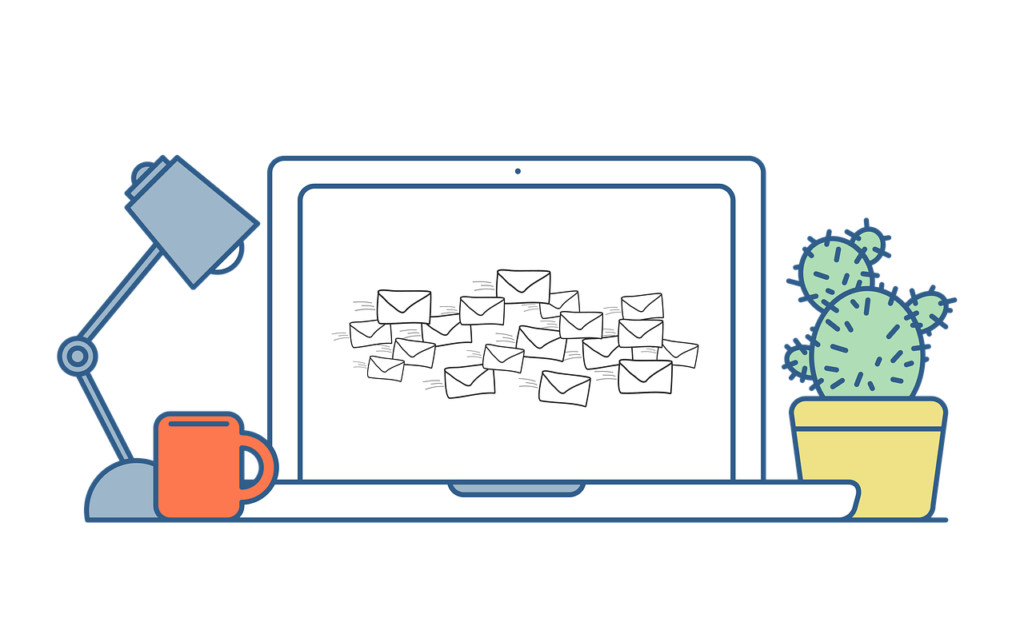
Imagine receiving an email that not only addresses you by name but also anticipates your needs and preferences, suggesting products or content you’re genuinely interested in. This is the promise of artificial intelligence (AI) in email marketing. AI is poised to revolutionize how marketers create, send, and optimize their emails.
Traditional vs. AI-Driven Email Marketing
Traditional Email Marketing
In traditional email marketing, campaigns are often manually created and scheduled. Marketers segment their audiences based on basic demographic data and past behavior, then craft emails that, while personalized to some extent, are still relatively generic. The process can be time-consuming and doesn’t always yield the best results.
For example, a retailer might send a winter clothing promotion to their entire email list, hoping it resonates with everyone. While some recipients might be interested, others in warmer climates or those who recently purchased winter gear might find it irrelevant.
AI-Driven Email Marketing
AI-driven email marketing takes personalization to a new level. Using machine learning algorithms, AI analyzes vast amounts of data to understand individual subscriber behaviors, preferences, and purchasing patterns. This allows for the creation of highly personalized and timely email content.
In the AI-driven approach, that same retailer could use AI to identify subscribers in colder regions who haven’t purchased winter clothing yet. The AI could also predict the optimal time to send the email based on when each subscriber is most likely to open and engage with it. The result is a more targeted, relevant, and effective email campaign.
Benefits of AI in Email Marketing
The benefits of integrating AI into your email marketing strategy are manifold. Here are a few key advantages:
- Enhanced Personalization: AI enables hyper-personalization, tailoring content to individual preferences and behaviors. This leads to higher engagement and conversion rates.
- Optimal Send Times: AI can analyze when each subscriber is most likely to open their emails, ensuring your message lands at the perfect time.
- Content Optimization: AI can predict which type of content and offers are most likely to resonate with different segments of your audience.
- Improved Efficiency: Automating email personalization and scheduling frees up time for marketers to focus on strategy and creativity.
Challenges and Considerations
While AI offers exciting possibilities, it’s important to approach its integration thoughtfully. One of the main challenges is ensuring data privacy and security. Marketers must be transparent about data collection and usage, adhering to regulations such as GDPR and CCPA.
Additionally, while AI can greatly enhance personalization, it should not replace the human touch entirely. Authenticity and empathy in communication remain crucial for building strong customer relationships.
Hyper-Personalization: Going Beyond the Name
As we move into the future, personalization in email marketing is evolving into hyper-personalization. While personalization might include addressing subscribers by their names and segmenting emails based on broad categories, hyper-personalization delves much deeper. It uses real-time data and advanced algorithms to deliver content that is uniquely tailored to each individual.
Traditional Personalization vs. Hyper-Personalization
Traditional Personalization
Traditional personalization typically involves using the subscriber’s name and perhaps a few basic details to create a sense of familiarity. For instance, an email might open with “Dear John” and include product recommendations based on John’s previous purchases or browsing history. While this approach is effective to a degree, it often stops short of providing a truly personalized experience.
Hyper-Personalization
Hyper-personalization, on the other hand, leverages real-time data and advanced analytics to create a more dynamic and relevant experience for each subscriber. This can include factors such as:
- Browsing Behavior: What pages or products has the subscriber recently viewed on your website?
- Purchase History: What has the subscriber bought in the past, and how often do they make purchases?
- Location Data: Where is the subscriber located, and how might this influence their preferences?
- Engagement Metrics: How frequently does the subscriber open your emails, click on links, or interact with your content?
By combining these data points, marketers can craft emails that not only address the immediate needs and interests of their subscribers but also anticipate future behaviors. For example, a music streaming service might send personalized playlists based on the subscriber’s recent listening habits, the time of day they usually listen, and even upcoming concerts in their area.
Benefits of Hyper-Personalization
The shift towards hyper-personalization offers several significant benefits:
- Increased Engagement: Emails that are highly relevant to the recipient’s current interests and needs are more likely to be opened and engaged with.
- Higher Conversion Rates: By delivering precisely what the subscriber is looking for, hyper-personalization can lead to increased sales and conversions.
- Improved Customer Loyalty: Subscribers who receive consistently valuable and relevant content are more likely to remain loyal to your brand.
- Reduced Unsubscribe Rates: When emails are consistently relevant, subscribers are less likely to find them intrusive or annoying, leading to fewer unsubscribes.
Implementing Hyper-Personalization
To effectively implement hyper-personalization, consider the following steps:
- Data Collection and Integration: Ensure you have robust systems in place to collect and integrate data from various sources, including your website, social media, and CRM.
- Advanced Analytics: Use advanced analytics tools to process and analyze the data, uncovering insights that can inform your email content.
- Real-Time Personalization: Implement real-time personalization techniques to ensure your emails reflect the most current data and insights. This might include dynamic content that changes based on real-time user behavior.
- Testing and Optimization: Continuously test and optimize your personalized emails to see what works best for your audience. Use A/B testing to compare different approaches and refine your strategy based on the results.
Challenges of Hyper-Personalization
While hyper-personalization offers significant advantages, it also presents challenges. One of the main concerns is privacy. As marketers collect more data to fuel hyper-personalization, they must be vigilant about data security and privacy regulations. Transparency with subscribers about data usage and giving them control over their data is crucial.
Additionally, the complexity of implementing hyper-personalization can be a barrier for some businesses. It requires advanced technology, skilled data analysts, and a commitment to ongoing testing and optimization. However, the investment can pay off in the form of stronger customer relationships and better business outcomes.
Interactive Emails: Enhancing Engagement

Interactive emails are becoming increasingly popular as a way to capture the attention of subscribers and drive engagement. Unlike traditional static emails, interactive emails include elements that allow recipients to engage with the content directly within the email itself. This can range from simple interactions like clicking to reveal more information to more complex activities such as filling out surveys or playing games.
Static Emails vs. Interactive Emails
Static Emails
Traditional static emails are composed of text, images, and links. While they can be visually appealing and informative, they do not offer any interactivity beyond clicking through to a website or landing page. For example, a static email from a clothing retailer might include images of new arrivals and a link to the website to shop.
Interactive Emails
Interactive emails, on the other hand, provide a richer experience by incorporating elements that invite the recipient to engage directly within the email. This might include:
- Accordions and Tabs: Allowing users to expand and collapse sections of content for more information.
- Image Carousels: Enabling users to swipe through multiple images without leaving the email.
- Embedded Videos: Allowing recipients to watch videos directly within the email.
- Surveys and Polls: Letting users respond to questions and see results in real time.
- Add-to-Cart Buttons: Enabling users to add items to their shopping cart directly from the email.
For instance, a travel company might send an interactive email featuring an image carousel of different vacation destinations, an embedded video tour of a resort, and a survey asking recipients about their travel preferences.
Benefits of Interactive Emails
Incorporating interactive elements into your email marketing strategy offers several key benefits:
- Increased Engagement: Interactive elements encourage recipients to spend more time engaging with your email, leading to higher engagement rates.
- Enhanced User Experience: By providing a more immersive and dynamic experience, interactive emails can make your content more enjoyable and memorable.
- Improved Click-Through Rates: Interactive features can drive more clicks by making it easier for recipients to explore and interact with your content.
- Higher Conversion Rates: By allowing users to take action directly within the email, interactive elements can streamline the path to conversion, reducing friction and increasing sales.
- Valuable Insights: Interactive emails can provide valuable data on user preferences and behaviors based on how they interact with the content.
Implementing Interactive Emails
To successfully implement interactive emails, consider the following steps:
- Define Your Goals: Determine what you want to achieve with your interactive email campaign, whether it’s increased engagement, higher click-through rates, or more conversions.
- Choose the Right Elements: Select interactive elements that align with your goals and enhance the user experience. For example, if you want to gather feedback, include a survey or poll.
- Ensure Mobile Compatibility: Many users will view your emails on mobile devices, so it’s crucial to ensure that your interactive elements work seamlessly across different screen sizes and devices.
- Test Thoroughly: Test your interactive emails across various email clients and devices to ensure they render correctly and function as intended. This is particularly important since some email clients may not fully support certain interactive features.
- Measure and Optimize: Track the performance of your interactive emails to see how recipients are engaging with the content. Use this data to optimize future campaigns and refine your interactive elements.
Challenges of Interactive Emails
While interactive emails offer many advantages, they also come with challenges. One of the main challenges is ensuring compatibility across different email clients. Not all email clients support interactive features in the same way, which can affect how your email is rendered and interacted with. It’s important to test your emails thoroughly and consider fallback options for email clients that do not support certain interactive elements.
Additionally, creating interactive emails can be more complex and time-consuming than traditional static emails. It may require additional resources, such as design and development expertise, to create and implement interactive features effectively.
Despite these challenges, the potential benefits of interactive emails make them a worthwhile investment for marketers looking to enhance engagement and improve the effectiveness of their email campaigns.
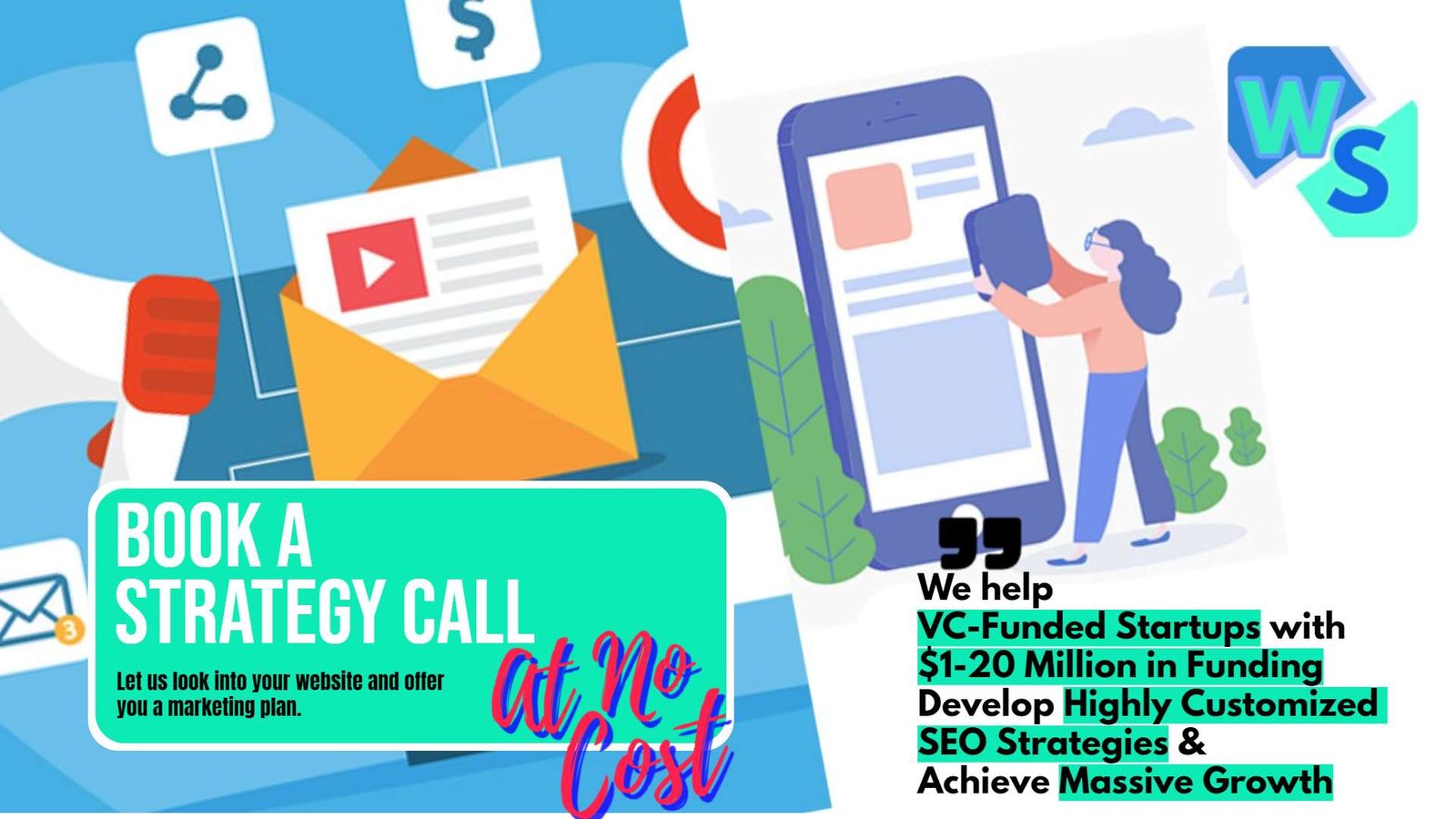
The Growing Importance of Data Privacy
As email marketing becomes more sophisticated, the issue of data privacy becomes increasingly important. Consumers are becoming more aware of how their data is being used, and they expect companies to handle their information responsibly. With regulations such as the General Data Protection Regulation (GDPR) in Europe and the California Consumer Privacy Act (CCPA) in the United States, businesses must prioritize data privacy and compliance in their email marketing strategies.
The Shift in Consumer Expectations
In the past, consumers were less concerned about how their data was collected and used. However, high-profile data breaches and increased awareness of privacy issues have changed this. Today’s consumers expect transparency, control, and security when it comes to their personal information.
Traditional Data Collection
Traditionally, companies collected data through sign-up forms, cookies, and third-party data sources. This data was often used without explicit consent, leading to concerns about privacy and data security. For instance, a retailer might collect browsing data through cookies and use it to send targeted email promotions without the user’s knowledge.
Privacy-Focused Data Collection
In contrast, privacy-focused data collection emphasizes transparency and consent. Companies inform users about what data is being collected and how it will be used, giving them control over their information. For example, a retailer might update their sign-up forms to include clear explanations of how data will be used and offer options for users to customize their preferences.
Key Data Privacy Regulations
To comply with data privacy regulations and build trust with consumers, businesses must understand and adhere to key laws such as GDPR and CCPA.
GDPR
The GDPR, which came into effect in May 2018, sets strict guidelines for data collection and usage. It requires businesses to obtain explicit consent from users before collecting their data and to provide clear information about how the data will be used. Users also have the right to access, correct, and delete their data.
CCPA
The CCPA, which came into effect in January 2020, grants California residents similar rights to those provided by GDPR. It requires businesses to disclose what data is being collected and allows consumers to opt out of the sale of their personal information. Companies must also provide a “Do Not Sell My Personal Information” link on their websites.
Benefits of Prioritizing Data Privacy
Focusing on data privacy offers several benefits for businesses:
- Building Trust: Transparency and control over data usage build trust with consumers, leading to stronger customer relationships and loyalty.
- Compliance: Adhering to data privacy regulations helps avoid hefty fines and legal issues.
- Improved Data Quality: When users voluntarily provide their data, it is often more accurate and reliable, leading to better marketing insights and strategies.
- Enhanced Brand Reputation: Companies that prioritize data privacy are viewed more favorably, enhancing their brand reputation and competitive edge.
Implementing Data Privacy Best Practices
To effectively implement data privacy best practices in your email marketing strategy, consider the following steps:
- Transparency and Consent: Clearly communicate how you collect, use, and store data. Obtain explicit consent from users and provide options for them to manage their preferences.
- Data Minimization: Collect only the data you need for specific purposes. Avoid excessive data collection to reduce risks and improve data management.
- Security Measures: Implement robust security measures to protect data from breaches and unauthorized access. This includes encryption, secure storage, and regular security audits.
- Regular Audits and Updates: Conduct regular audits of your data privacy practices to ensure compliance with regulations and identify areas for improvement. Update your privacy policies and practices as needed.
- User Rights: Respect user rights to access, correct, and delete their data. Provide easy-to-use tools and processes for users to manage their information.
Challenges of Data Privacy
While prioritizing data privacy is crucial, it also presents challenges. One of the main challenges is balancing personalization with privacy. Marketers must find ways to deliver personalized content without compromising data privacy. This requires careful planning and the use of privacy-friendly data collection methods.
Another challenge is staying up-to-date with evolving regulations. Data privacy laws are continually changing, and businesses must stay informed and adapt their practices accordingly. This may require ongoing training and investment in compliance tools and resources.
Despite these challenges, the benefits of prioritizing data privacy far outweigh the drawbacks. By building trust, ensuring compliance, and protecting data, businesses can create a more positive and secure experience for their customers.
The Role of Automation in Email Marketing
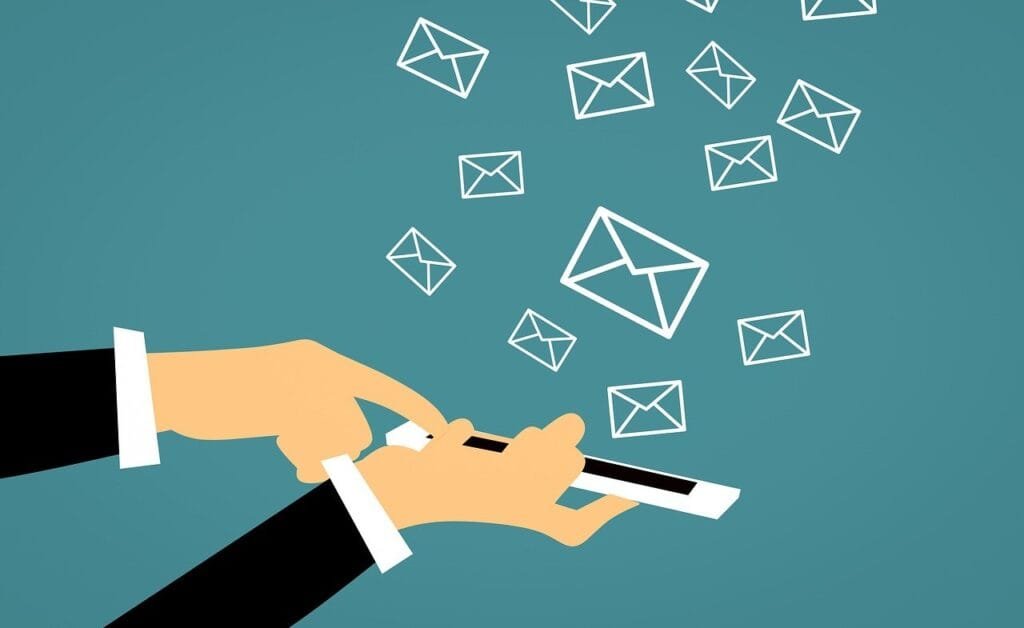
Automation has been a game-changer in email marketing, allowing businesses to streamline their processes, save time, and deliver more personalized and timely content.
As technology continues to advance, the role of automation in email marketing is set to expand even further. From automated workflows to sophisticated AI-driven campaigns, automation is transforming how marketers connect with their audiences.
Manual Campaigns vs. Automated Workflows
Manual Campaigns
In traditional email marketing, campaigns are often created and sent manually. Marketers design emails, segment their lists, and schedule sends based on a fixed timeline. This approach can be effective but is labor-intensive and may not always deliver the most relevant content at the optimal time.
For example, a marketer at a retail store might manually create a holiday promotion email and send it to their entire list. While this can reach a broad audience, it lacks the precision and personalization that automated campaigns offer.
Automated Workflows
Automated workflows, on the other hand, use triggers and predefined criteria to send emails based on subscriber behavior and engagement. This allows marketers to deliver highly targeted and timely content without constant manual intervention.
For instance, an e-commerce store might set up an automated workflow that sends a welcome series to new subscribers, followed by personalized product recommendations based on their browsing history.
If a subscriber abandons their cart, an automated email can be triggered to remind them of the items left behind, possibly with a special discount to encourage completion.
Benefits of Email Automation
Integrating automation into your email marketing strategy offers several key benefits:
- Time Savings: Automation reduces the time and effort required to manage email campaigns, allowing marketers to focus on strategy and creativity.
- Consistency and Timeliness: Automated workflows ensure that emails are sent at the right time, based on subscriber behavior and engagement, leading to more timely and relevant communications.
- Enhanced Personalization: Automation enables deeper personalization by using real-time data to tailor content to individual preferences and actions.
- Scalability: Automated campaigns can easily scale to handle large volumes of emails, making it feasible to maintain personalized communication with a growing subscriber base.
- Improved ROI: By delivering more relevant and timely content, automated emails often achieve higher engagement and conversion rates, leading to a better return on investment.
Implementing Effective Automation Strategies
To make the most of email automation, consider the following strategies:
Welcome Series
A welcome series is an automated sequence of emails sent to new subscribers. This series introduces them to your brand, sets expectations, and provides valuable information to start the relationship on the right foot.
For example, a fitness app might send a welcome series that includes an introduction to its features, tips for getting started, and success stories from other users.
Behavioral Triggers
Use behavioral triggers to send emails based on specific actions taken by subscribers. These triggers can include browsing behavior, purchase history, and engagement with previous emails.
For instance, a travel agency might send personalized destination recommendations based on the subscriber’s recent searches on their website.
Re-Engagement Campaigns
Automated re-engagement campaigns can help win back inactive subscribers. These campaigns typically include a series of emails designed to reignite interest and encourage action.
For example, an online bookstore might send re-engagement emails featuring personalized book recommendations, special offers, and updates on new releases.
Abandoned Cart Emails
Abandoned cart emails are triggered when a subscriber adds items to their shopping cart but doesn’t complete the purchase. These emails can remind the subscriber of the items left behind and often include incentives such as discounts or free shipping to encourage completion.
For example, a fashion retailer might send an abandoned cart email featuring images of the items, along with a limited-time discount code.
Post-Purchase Follow-Ups
Post-purchase follow-ups are automated emails sent after a purchase is made. These emails can include order confirmations, shipping updates, and requests for reviews or feedback.
Additionally, follow-up emails can suggest complementary products or provide tips for using the purchased item. For example, a kitchenware store might send a post-purchase email with recipes and cooking tips for customers who bought a new appliance.
Challenges of Email Automation
While email automation offers significant benefits, it also presents challenges. One of the main challenges is ensuring that automated emails remain relevant and personalized. Without careful planning and ongoing optimization, automated campaigns can become stale and ineffective.
Another challenge is managing data effectively. Automation relies on accurate and up-to-date data to deliver personalized content. Businesses must have robust data management systems in place to collect, store, and analyze subscriber data.
Finally, it’s important to avoid over-automation. While automation can enhance efficiency, it should not replace human touch entirely. Maintaining a balance between automated and manual emails ensures that your communications remain authentic and engaging.
The Future of Email Automation
The future of email automation is promising, with advancements in AI and machine learning driving even more sophisticated capabilities. Here are some trends to watch:
AI-Driven Automation
AI-driven automation will enable even more personalized and predictive email marketing. AI can analyze vast amounts of data to predict subscriber behavior and tailor content accordingly. This can include dynamic content that changes in real-time based on the recipient’s actions and preferences.
Hyper-Personalization
Hyper-personalization will take email automation to the next level, using real-time data to create highly customized experiences for each subscriber. This can include personalized product recommendations, dynamic pricing, and tailored content that adapts based on the recipient’s interactions.
Omnichannel Integration
Email automation will increasingly integrate with other marketing channels, creating a seamless and consistent customer experience. This omnichannel approach ensures that your messaging is aligned across email, social media, SMS, and other platforms.
Advanced Analytics
Advanced analytics will provide deeper insights into the performance of automated campaigns, allowing marketers to optimize their strategies and improve results. This can include predictive analytics to forecast future trends and behaviors, helping marketers stay ahead of the curve.
By embracing these trends and leveraging the power of automation, businesses can enhance their email marketing strategies, deliver more relevant and timely content, and achieve better results.
Integrating Email Marketing with Other Digital Channels

As digital marketing evolves, the integration of email marketing with other digital channels becomes increasingly important. A cohesive marketing strategy that leverages multiple channels can enhance the overall customer experience, improve engagement, and drive better results. By creating a seamless experience across email, social media, content marketing, and more, businesses can deliver a unified message that resonates with their audience.
The Power of Omnichannel Marketing
Omnichannel marketing involves creating a seamless and integrated customer experience across multiple channels. Unlike multichannel marketing, which uses different channels independently, omnichannel marketing ensures that all channels work together harmoniously.
This approach recognizes that customers interact with brands in various ways and expects a consistent experience regardless of the channel they choose.
For example, a customer might discover a new product on social media, sign up for a newsletter to learn more, and eventually make a purchase through an email promotion. Each interaction should feel connected and coherent, reinforcing the brand’s message and values.
Email and Social Media Synergy
Email and social media are two powerful channels that can complement each other effectively. Social media offers a platform for engaging with a broad audience, building brand awareness, and driving traffic to your website. Email marketing, on the other hand, provides a more personalized and direct way to communicate with subscribers and nurture leads.
Integrating email marketing with social media can amplify your reach and enhance engagement. For instance, you can use social media to grow your email list by promoting sign-up forms and offering exclusive content or incentives.
Conversely, you can include social media links in your emails to encourage subscribers to follow your profiles and engage with your content on different platforms.
One effective strategy is to create cross-channel campaigns that leverage both email and social media. For example, a fashion retailer might launch a new collection with teaser posts on Instagram and Facebook, followed by a detailed email showcasing the collection and offering a special discount for email subscribers.
This approach creates a buzz on social media while providing a more in-depth and personalized experience through email.
Email and Content Marketing Integration
Content marketing focuses on creating valuable and relevant content to attract and engage your target audience. Integrating email marketing with content marketing allows you to distribute this content effectively and keep your audience engaged over time.
Emails can be used to share blog posts, whitepapers, videos, and other content that provides value to your subscribers. By curating and delivering content that addresses their interests and needs, you can position your brand as a trusted source of information and build stronger relationships with your audience.
For example, a tech company might use email to send weekly newsletters featuring the latest blog posts, industry news, and tutorials. Each email provides valuable insights and resources, encouraging subscribers to visit the company’s website and engage with the content.
Additionally, you can use email to gather feedback and insights from your audience, helping you refine your content strategy. By analyzing email engagement metrics such as open rates and click-through rates, you can determine which types of content resonate most with your audience and tailor your future content accordingly.
Email and SMS Marketing
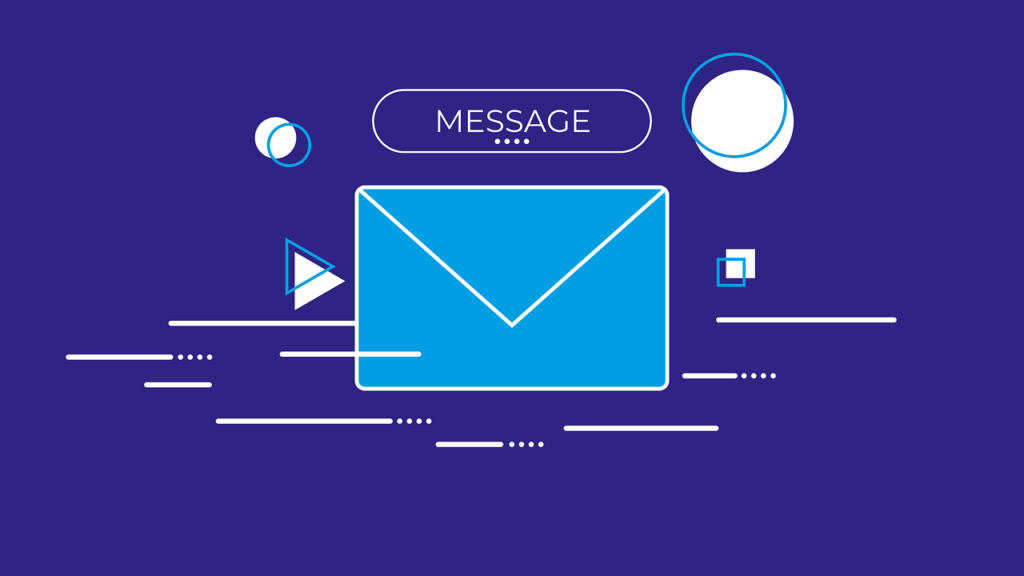
SMS marketing offers a direct and immediate way to reach your audience, making it an effective complement to email marketing. While emails provide detailed and in-depth content, SMS can deliver short and timely messages that prompt immediate action.
Integrating email and SMS marketing allows you to create a more comprehensive communication strategy. For example, you can use SMS to send reminders or alerts for time-sensitive promotions, while email provides more detailed information and context.
A restaurant, for instance, might send an email with a special dinner menu and follow up with an SMS reminder on the day of the promotion.
To ensure a seamless experience, it’s important to coordinate your messaging across both channels. Avoid overwhelming your audience with too many messages and ensure that each communication adds value. By striking the right balance, you can enhance engagement and drive better results.
Leveraging Data for Cross-Channel Personalization
Data plays a crucial role in integrating email marketing with other digital channels. By collecting and analyzing data from various touchpoints, you can gain a comprehensive understanding of your audience’s behavior and preferences. This allows you to deliver more personalized and relevant experiences across all channels.
For instance, if a subscriber frequently engages with your emails about a specific product category, you can use this data to tailor your social media ads and website content to reflect their interests.
Similarly, insights from social media interactions can inform your email content and segmentation strategy, ensuring that your emails address the needs and preferences of your subscribers.
Advanced analytics and marketing automation tools can help you manage and leverage data effectively. These tools enable you to track customer interactions across channels, segment your audience based on their behavior, and deliver personalized content at scale.
The Future of Cross-Channel Integration
As technology continues to evolve, the integration of email marketing with other digital channels will become even more seamless and sophisticated. Emerging technologies such as artificial intelligence and machine learning will play a key role in driving this integration, enabling more precise targeting and personalization.
Voice search and smart devices are also set to influence how brands interact with their audience. Integrating email marketing with these technologies can create new opportunities for engagement and personalization. For example, a smart speaker might read out a personalized email offer or provide reminders based on the user’s email interactions.
In summary, integrating email marketing with other digital channels is essential for creating a cohesive and effective marketing strategy. By leveraging the strengths of each channel and delivering a unified experience, businesses can enhance engagement, build stronger relationships, and drive better results. As technology advances, staying ahead of cross-channel integration trends will be key to maintaining a competitive edge in the ever-evolving digital landscape.
Conclusion
The future of email marketing is bright, dynamic, and filled with exciting opportunities. As technology advances, trends like AI-driven personalization, interactive emails, enhanced data privacy, and seamless cross-channel integration are set to revolutionize how businesses engage with their audiences. By staying ahead of these trends and embracing innovative strategies, marketers can deliver more personalized, relevant, and engaging content that resonates with their subscribers.
Prioritizing data privacy and leveraging automation will be crucial in maintaining trust and efficiency. The key to success lies in creating a cohesive, omnichannel experience that integrates email marketing with other digital platforms, ensuring a unified and compelling brand message. Embracing these advancements will help businesses build stronger relationships, drive better results, and stay competitive in the ever-evolving digital landscape.
Read next
- SEO Strategies for Eco-Tourism Websites
- SEO for Culinary Tourism: A Guide
- SEO for Business Hotels: Targeting the Corporate Traveler
- How to Utilize Facebook Lead Generation Ads: A Deep Dive
- 17 Best Human Resource Management Software: What Should You Get?





















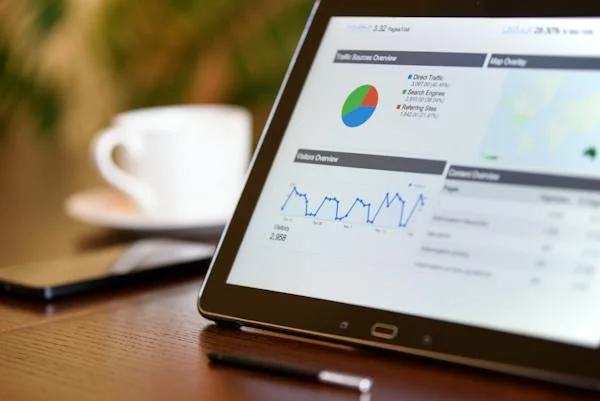
Comments are closed.